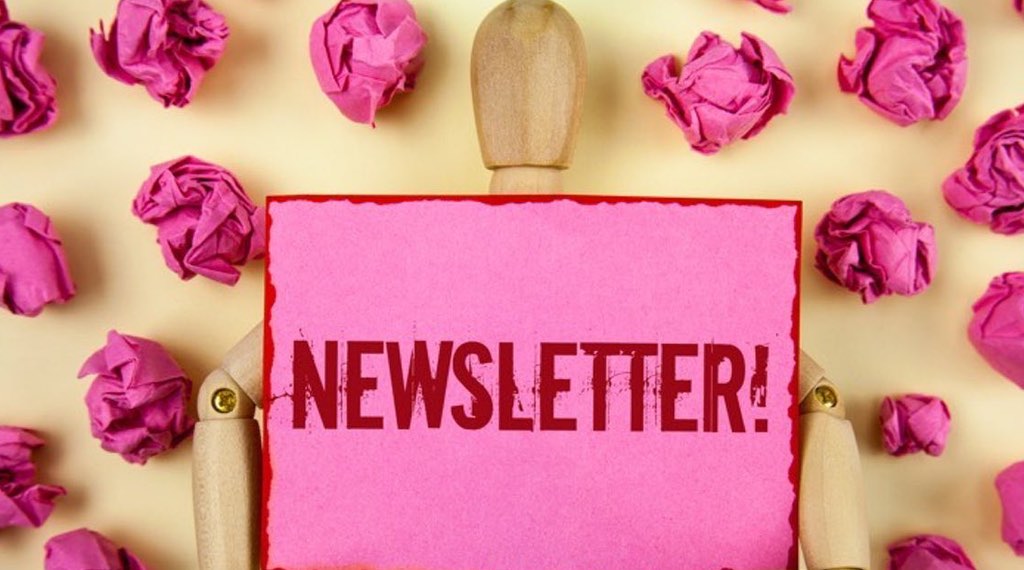
Why Authenticate Your Email or Authenticate Your Domain?
Have you received a notification from MailChimp or your bulk email marketing platform to authenticate your domain?
Google is strengthening its rules and enforcing tighter anti-spam requirements. As Google represents 30% of emails sent worldwide, bulk email marketing platforms, like MailChimp, need to ensure they are complying with Google’s new rules.
MailChimp is responding to Google’s new rules and asking you to authenticate your domain so that the emails you send will land in a person’s inbox (or at the very least their updates or others folder) and not the spam or junk folder.
What is Authentication of Your Domain?
Authentication is a way to prove the emails sent from your domain are legitimate and not fraudulent. This helps improve deliverability and prevents your emails from being marked as spam.
In other words, authenticating a domain helps ensure your campaigns actually make it to your subscribers’ inboxes.
Free Email Addresses
You can’t authenticate an email address that is not associated with a domain that you own, this includes free emails such as @gmail or @yahoo or @outlook.
If you are using a free email address for sending emails from MailChimp, MailerLite or other bulk sending software you could be receiving messages that you need to purchase a domain name email and authenticate it.
The rules are tightening around using free email addresses for business. Slowly but surely the ability to use free emails for email marketing is likely to be restricted, unsupported and eventually phased out altogether.
If you’re unsure what a domain name email is, how to get one and what it will cost, read our article about domain name emails here.
WordPress and Websites
Many websites and WordPress sites will also be impacted by the new Google anti-spam rules, especially those with contact forms, booking forms and e-commerce sites.
If users fill in a form or buy a product they may not receive a verification or confirmation email as Google may flag it as spam. For some transactions, these confirmation emails are very important. You as the business owner may also not receive notification that someone has made a booking or purchased a product – as the notification email could be marked as spam - unless you are regularly checking your spam folder you won’t see it. Not good for business as you may have customers who you are inadvertently ignoring 🥴.
Having your domain authenticated is quite techy and will most likely require a conversation with your website developer.
If you are using a free email address (eg. @gmail or @outlook) as your receiving email address in WordPress, you will not be able to authenticate this, and therefore you run the risk of your emails ending up in the spam folder. Time to upgrade.
Bulk Senders
Google’s new anti-spam rules will particularly impact senders with lists of over 5,000 subscribers.
However, email authentication is best practice and should be set up to maintain good deliverability — even if you’re not a bulk sender.
How to Authenticate Your Domain
There can be several steps to authenticating your domain, depending on the platform or software you wish to authenticate it with and how seriously you want to get into it.
At its simplest the process is a matter of
- adding a CNAME record
- adding a TXT record
to your domain’s DNS record
Website owners are likely going to need a few more techy things done (like DKIM and SMTP records).
It can seem overwhelming if you've never come across this stuff before.
Your domain name registrar, however, will not be overwhelmed by this. This is their bread and butter and they will understand it.
Examples of domain name registrars are Go Daddy, Crazy Domains and Web Central.
Our advice is to screenshot and copy and paste the instructions from MailChimp, WordPress or whatever platform that has requested authentication, and send it to your domain name registrar.
The screenshot will give context to the job request and cover all the instructions. Copying and pasting any snippet of code can ensure the zeros are not confused with the letter O and the number 1 is not confused with the letter l. That's why we recommend sending a screenshot and copying any code and sending both of these to your domain name registrar.


